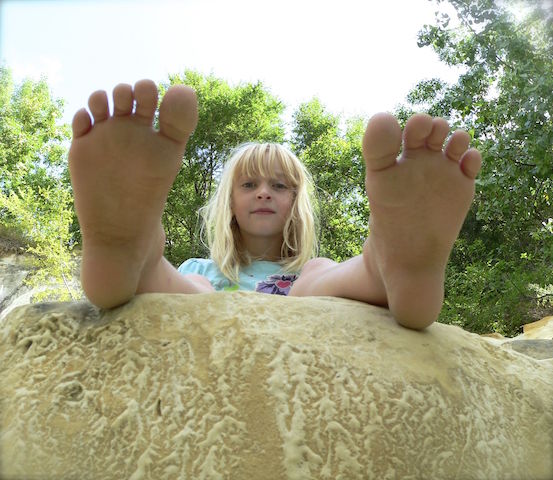In April 2016 I had the privilege of presenting my work with my colleagues at Dodge Nature Preschool's annual Learning Conference. We talked about our work with children outdoors, how to use the natural world to spark their curiosity and engage sustained learning, and how to prepare to get children outside. I am sharing the handout we created, in the hopes that you find it useful in your experiences with children outdoors.
Learning With
Children in Nature
Pay attention, be astonished, tell about it… -Mary Oliver
Dodge Nature Preschool Learning Conference, April 2016
Kari Ryg, Brenda Jerde, and Dani Porter Born
Small Moments, Big Opportunities in Your Work With Children
·
Nature is everywhere! Every site,
urban/suburban/rural has some nature somewhere… wind, rain, sunshine, insects,
birds, a plant growing in a sidewalk crack – look for it!
·
Relationships and collaboration: Be present and
pay attention. It’s easy to miss those small moments if you are not looking for
them. The learning is happening whether you notice it or not. Sharing an
experience with a child is powerful for teachers and children.
·
Be prepared physically. Not every teacher will
carry a backpack full of gear when taking children outside. We find it helpful
to have at the very least a phone or camera to document moments (photo, video,
text). If you can have things like paper and pencil, ziplock bags or a bucket for
collection, scissors, rope or yarn, small hand lenses, fold-out field guides –
wonderful! If not, think of ways you’ll be able to remember what the children
were interested in and curious about so that you can support and extend that
learning later.
·
You don’t need to be an expert about everything
outdoors! In fact, you can’t be. But you can tell children that you don’t know
something and then figure out how to learn it together. Every encounter in the
natural world brings new experiences and new questions. Even if you’re
revisiting the same places. Nature isn’t static.
Now what? How do I start?
·
Go outside.
·
Observe the children. Read their cues. Four
little bodies gathered around something, heads down, means something
interesting is happening.
·
Get close. Get right in there with them as a
partner sharing in their discovery.
·
Ask questions! Promote inquiry and avoid the
urge to give away the answers.
·
Document and reflect when you can. You will be
amazed at what you learn later when you engage in the simple process of writing
down an experience or conversation.
·
Plan for and revisit experiences and discoveries
with the children to deepen or expand on their ideas.
Questions to Guide Inquiry
·
What does it look like? Or remind you of? Have
you seen that before? What do you think it is?
·
How does it smell? Feel? Taste (when
appropriate)? Sound?
·
How does it work? Is it changing?
·
What made that happen?
·
How is it like or different from something else?
·
How is it connected to something else?
·
How do you know?
·
How can we find out more?










